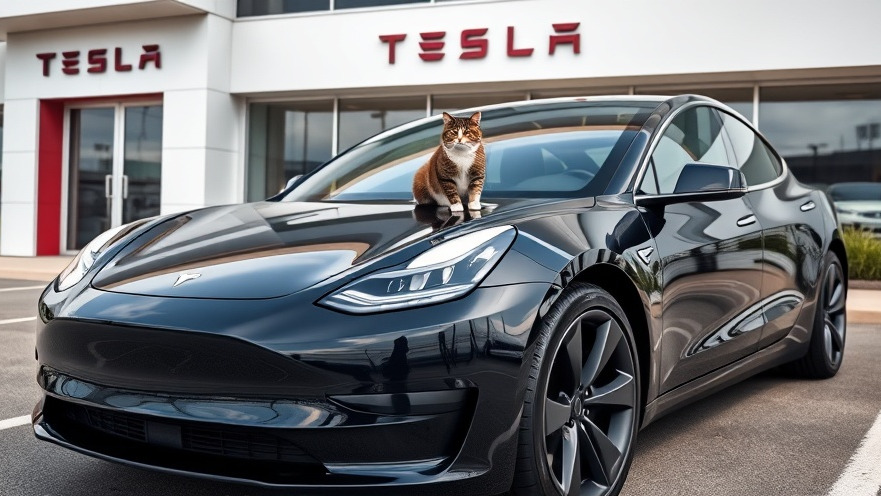
Tesla Faces Safety Concerns with Door Handles
Tesla is in the spotlight as it responds to a recent investigation by the National Highway Traffic Safety Administration (NHTSA), which has opened a probe into the company's door handles after multiple complaints from car owners. Reports indicate at least nine distinct incidents where Tesla owners were trapped inside their vehicles due to failures in the electronic door lock system, leading some to resort to breaking windows to escape. Chief designer Franz von Holzhausen acknowledged these issues and indicated that the company is working on redesigning the door handles to increase safety and accessibility.
Understanding the Issues at Hand
The concerns surrounding Tesla's door handles can be traced back to two primary issues. Firstly, the electronic locks are dependent on the vehicle's battery system; in case of a power failure, these locks may fail to operate. Secondly, while Tesla has integrated manual release options in its vehicles, these levers are notoriously hard to access and not intuitively designed, igniting a call for more user-friendly solutions. As the auto industry moves towards increasingly complex electronic systems, the implications for user safety and the requirement for fail-safes become exponentially critical.
Lessons from Global Regulatory Scrutiny
The safety probe prompted by NHTSA is reflective of a broader global trend, particularly as countries like China begin to scrutinize fully concealed door handles due to safety regulations. Tesla's move to redesign its door handles shows a proactive response not just to regulatory oversight but to a growing expectation for safety features in modern vehicles. As manufacturers innovate with next-gen technology, industry leaders must prioritize user safety alongside aesthetic appeal and technological advancement.
The Future of Automotive Technology
As Tesla pivots towards a safer door handle design, it highlights a crucial intersection of technology and safety. The integration of both electronic and manual mechanisms into a streamlined solution could set a new standard for automotive design. With electric vehicles continuing to gain traction, the evolution of safety features—especially those that aid in emergencies—will be a deciding factor for consumers. The future of automotive technology pivots not only on performance and sustainability but also on reliable safety mechanisms that can withstand various scenarios.
Call to Action: Engaging with Future Innovations
As consumers, advocating for well-designed and safe vehicle technology is essential. If you're passionate about innovation in automotive design, follow industry trends and participate in dialogues surrounding safety technology. Understanding these advancements, like Tesla's upcoming changes, can prepare you for the future of driving and vehicle safety.
 Add Row
Add Row  Add
Add 




Write A Comment